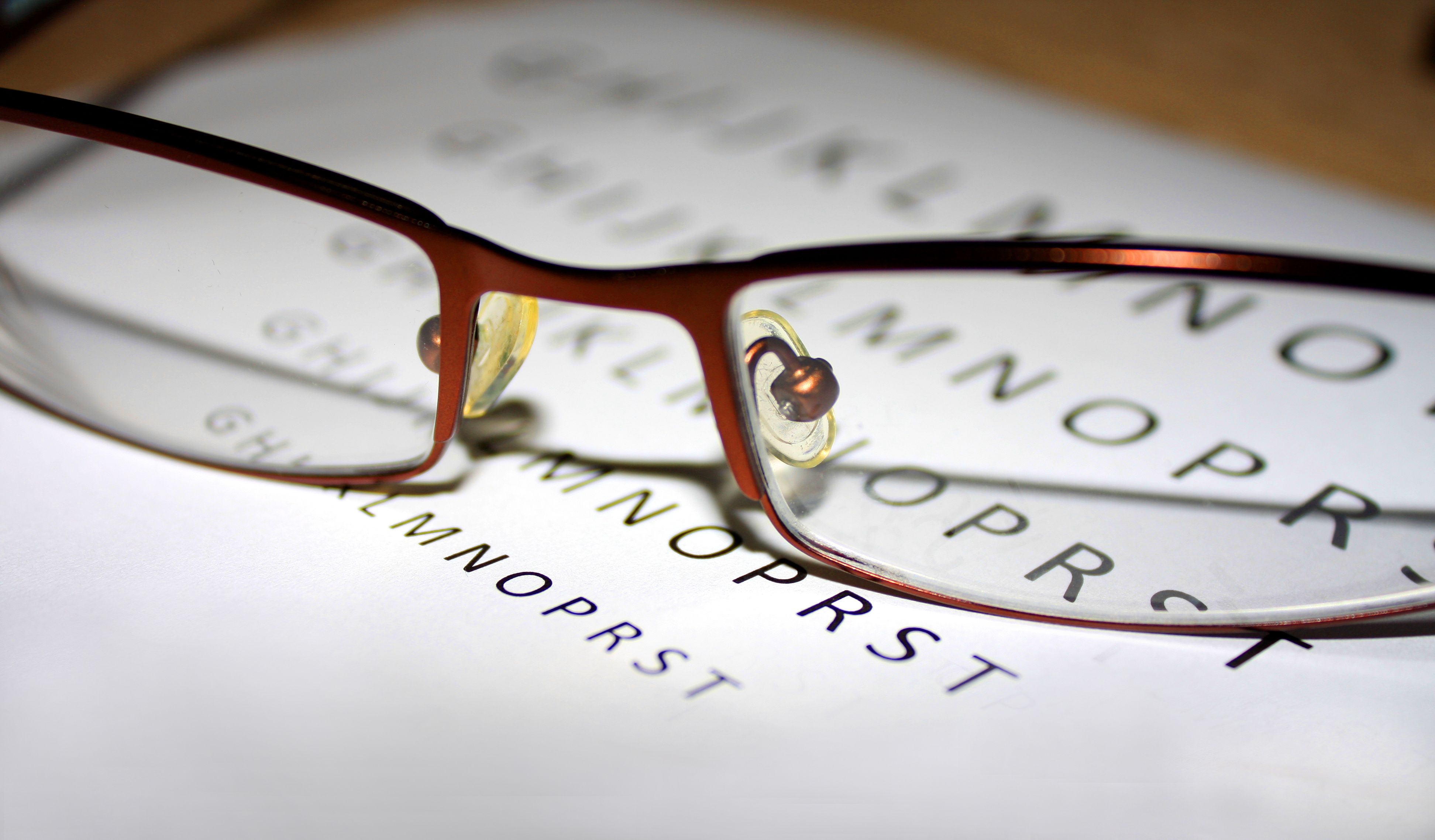- Center on Health Equity & Access
- Clinical
- Health Care Cost
- Health Care Delivery
- Insurance
- Policy
- Technology
- Value-Based Care
MYL-1701P Efficient, Safe Compared With Aflibercept in Diabetic Macular Edema
MYL-1701P displayed similar efficacy, safety, and immunogenicity when compared with reference aflibercept to treat diabetic macular edema.
Patients with diabetic macular edema (DME) can use MYL-1701P without a decrease in efficiency or safety compared with reference aflibercept, according to a study published in JAMA Ophthalmology.1 These results make MYL-1701P an appealing alternative to aflibercept.
Aflibercept is an intravitreal drug approved by the FDA for use in neovascular age-related macular degeneration (AMD) and works to change the amount of blood that spills into the retina of the eye.2 Aflibercept has also been approved for use in DME, retinal vein occlusion (RVO), diabetic retinopathy (DR), and retinopathy of prematurity. FDA approval for MYL-1701P was given for use in AMD, DME, DR, and macular edema resulting from RVO as a biosimilar drug. This study aimed to assess the clinical similarity of MYL-1701P and aflibercept based on the outcomes of a phase 3 study after 1 year.
There were 77 sites from 9 countries used to collect data for this study. All data were collected between August 2018 and September 2021, with the study including a 4-week screening period, a 48-week treatment period, and a 4-week follow-up period. Eligible participants included those who were aged 18 years and older, had a diagnosis of type 1 or type 2 diabetes, and had diagnosed DME. None of the participants had previously been treated using an anti-VEGF therapy.
MYL-1701P can be used in treating diabetic macular edema with similar efficacy as aflibercept | Image credit: Miroslav110 - stock.adobe.com

Participants were excluded if they had active proliferative DR, prior vitreoretinal surgery, vitreous hemorrhage, or scleral buckle in the lone eye used in the study. Use of intraocular corticosteroids within 4 months of randomization was cause for exclusion. Panretinal or macular laser photocoagulation, laser capsulotomy, cataract, or other intraocular surgery were also reasons for participant exclusion.
All participants were split into 2 groups, with 1 group receiving MYL-1701P and the other group receiving aflibercept. All participants received a 2 mg dose of their respective treatment through intravitreal injection every 4 weeks through week 16 and every 8 weeks afterward through week 48. Color fundus photography and fluorescein angiography (FA) were performed at baseline and screening, whereas spectral-domain optical coherence tomography (SD-OCT) and ophthalmic examinations were performed each visit. The mean change in best corrected visual acuity (BCVA) from baseline was the primary outcome of the study, with the mean change in central subfield thickness (CST) acting as the secondary outcome.
There were 355 participants who were included in this study and screened from July 2018 to August 2020. The participants had a mean (SD) age of 62.2 (9.2) years, and 39.2% were women; 50.4% were randomized into the MYL-1701P group. Of the 355 participants, 345 completed the week 8 visit, and 319 completed the week 52 visit, with withdrawal of consent being the primary reason for discontinuation. Participants self-identified as White (64.2%), Asian (33.8%), Hispanic or Latino (3.4%), Black or African American (1.4%), and Native Hawaiian or Other Pacific Islander (0.3%).
The mean (SE) change in BCVA was 6.60 (0.55) letters vs 6.56 (0.55) letters in the MYL-1701P vs aflibercept groups after 8 weeks. The primary outcome was met, and the adjusted mean difference of 0.04 letters (90% CI, –1.16 to 1.24) was within an equivalence margin. The mean (SE) change in CST was –112 (7) μm vs –124 (7) μm in MYL-1701P vs aflibercept groups. The adjusted mean difference was 11 (9) μm from baseline to week 8, which demonstrated comparable improvement (90% CI, –3 to 26 μm). The mean (SD) number of injections was 8.4 (2.1) of MYL-1701P and 8.7 (1.8) for aflibercept through week 48.
Non-ocular treatment-emergent adverse events (TEAEs) occurred in 65.2% of patients taking MYL-1701P and 65.3% in patients receiving aflibercept. Mild (33.1% vs 34.7%) and moderate (36% vs 33.5%) comprised the most TEAEs in the MYL-1701P and aflibercept groups, respectively. Ocular TEAEs had similar rates between MYL-1701P and aflibercept (30.9% vs 29.5%).
The sole limitation of the study was the lack of racial diversity in the included participants, as most of the participants were either White or Asian. Future studies should look to include African American participants in greater quantities.
MYL-1701P is an effective aflibercept biosimilar according to the results of the study, the researchers concluded and can be used in patients with DME through 52 weeks, as aflibercept, and its biosimilars are more effective than ranibizumab and repackaged bevacizumab in DME.
References
- Bressler SB, Barve A, Ganapathi PC, et al. Aflibercept biosimilar MYL-1701P vs reference aflibercept in diabetic macular edema: the INSIGHT randomized clinical trial. JAMA Ophthalmol. Published online September 12, 2024. doi:10.1001/jamaophthalmol.2024.3458
- Aflibercept (intraocular route). Mayo Clinic. Updated September 1, 2024. Accessed September 16, 2024. https://www.mayoclinic.org/drugs-supplements/aflibercept-intraocular-route/description/drg-20075363
